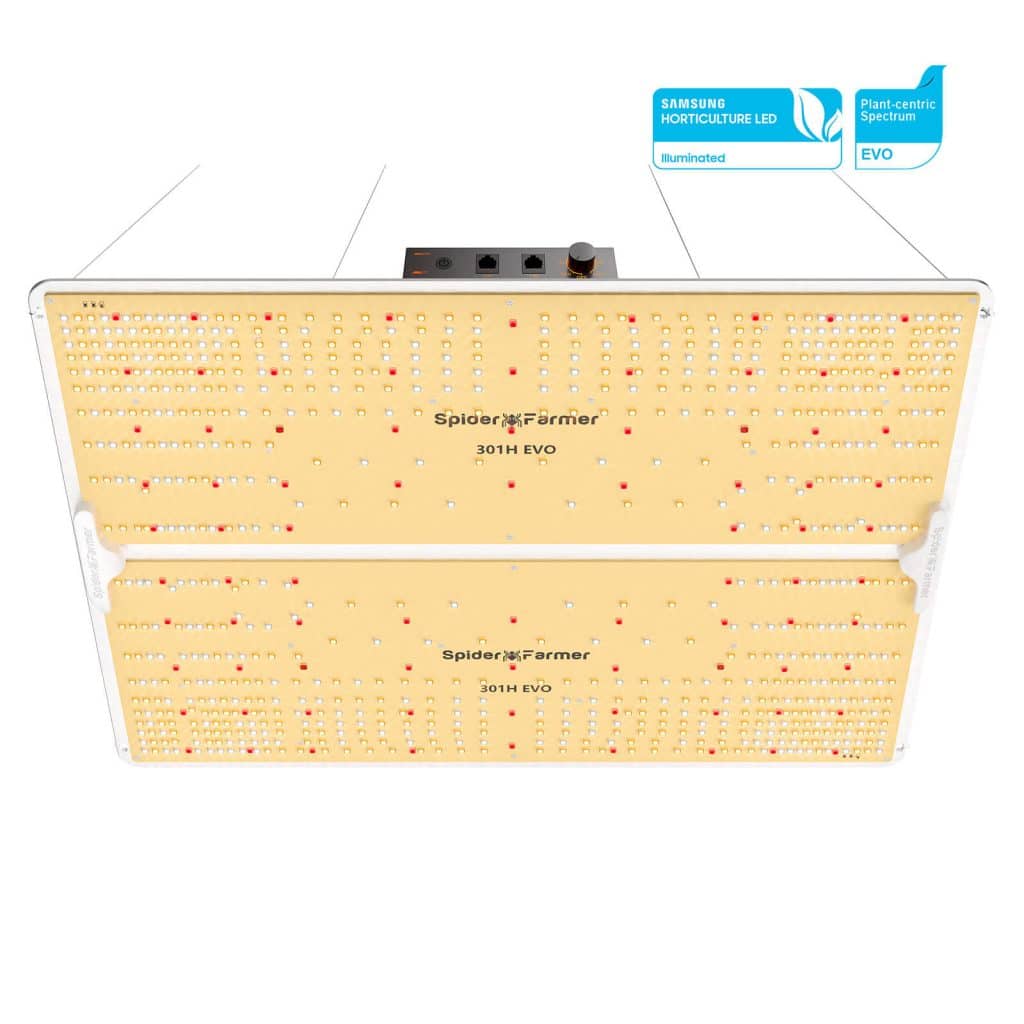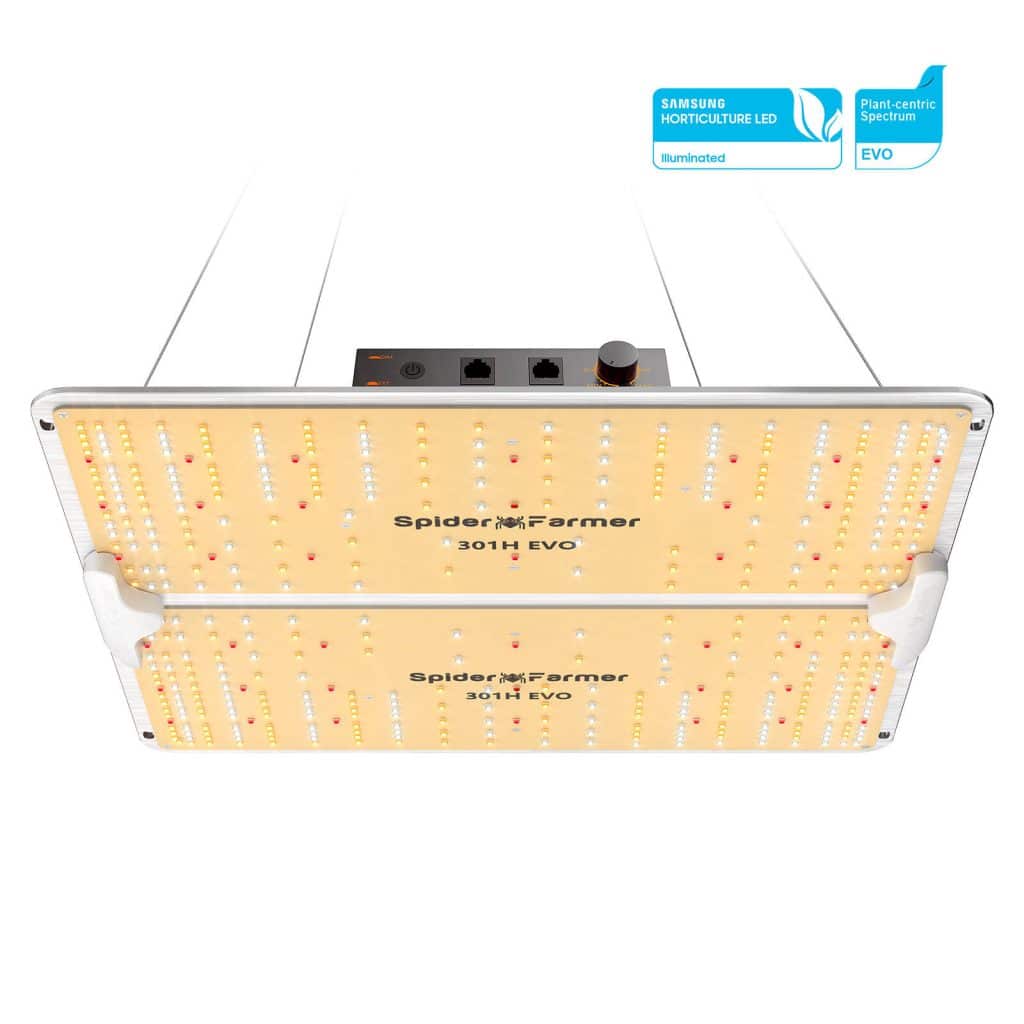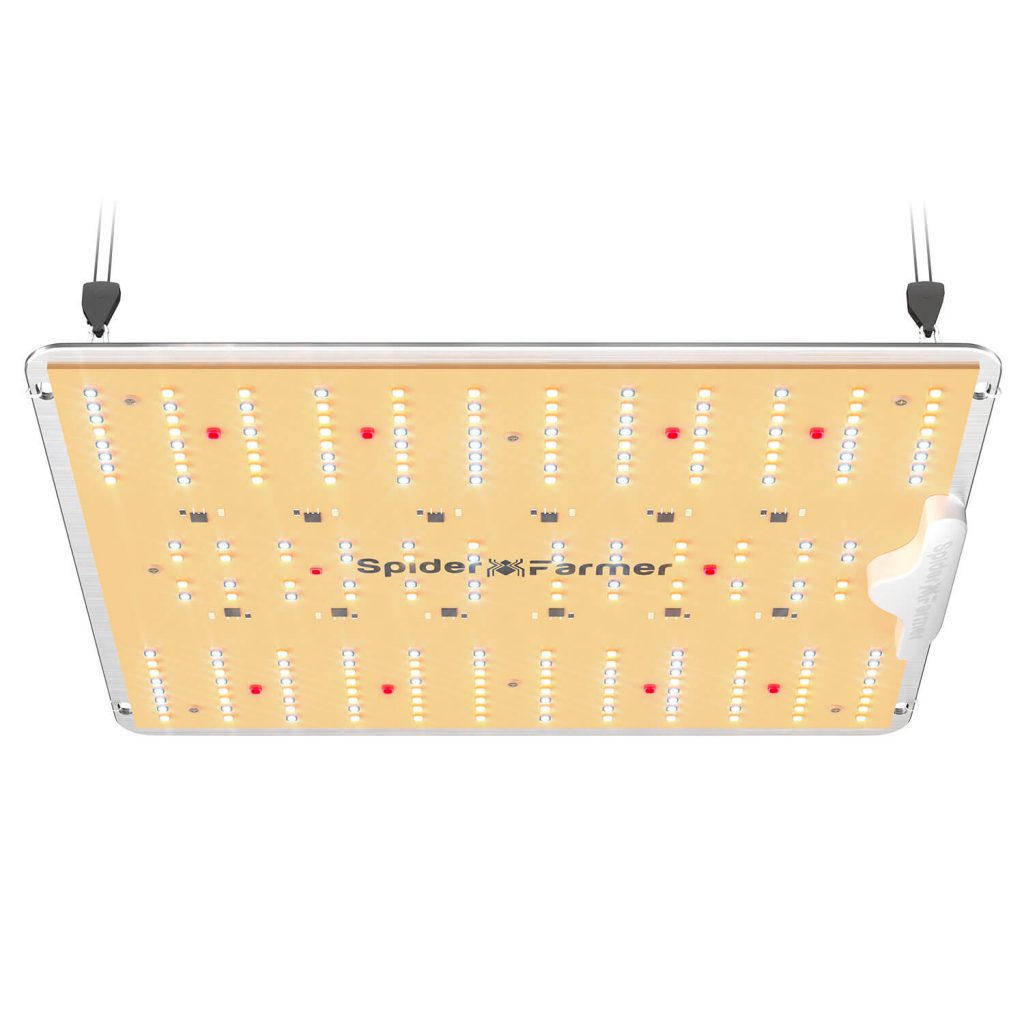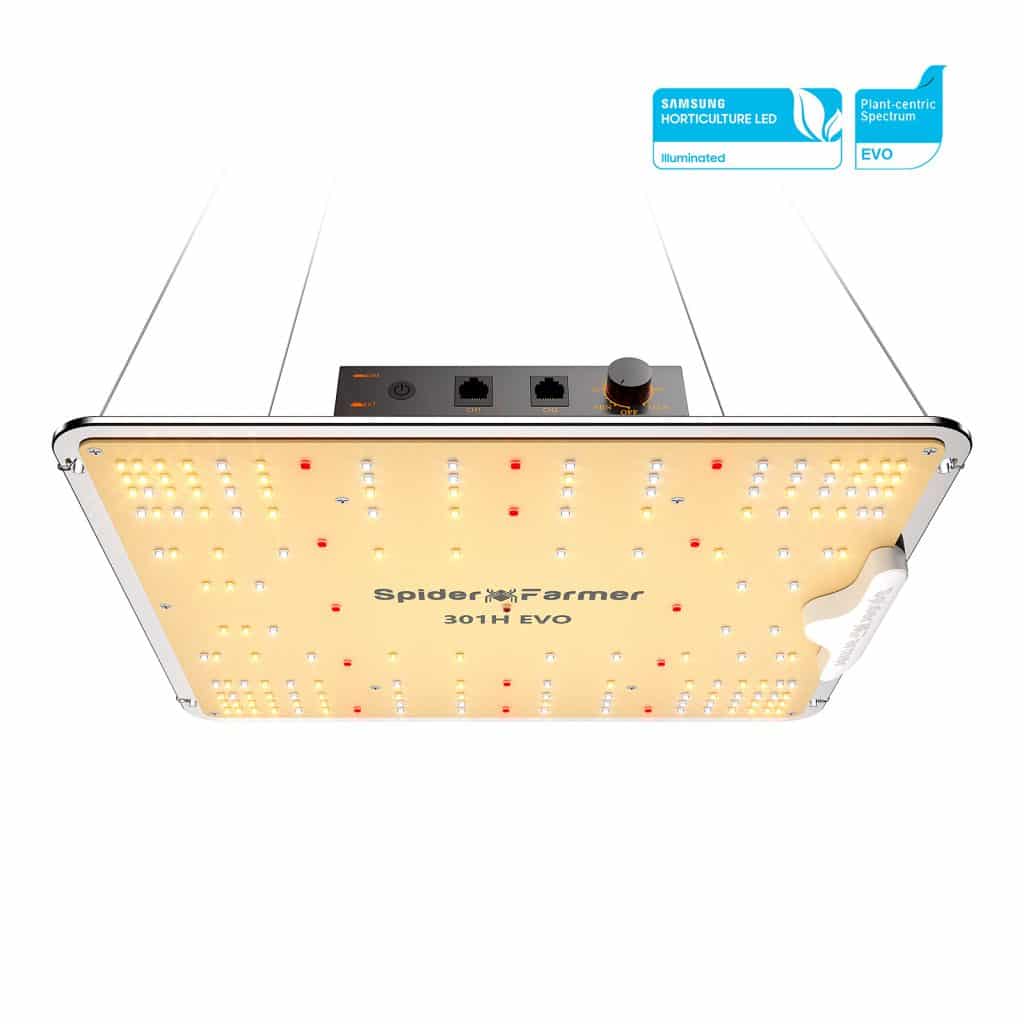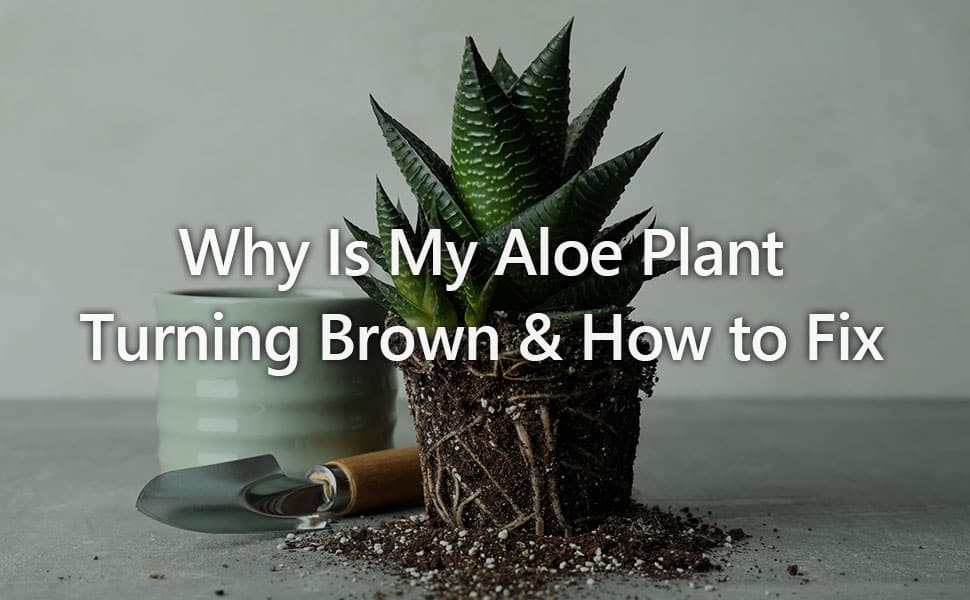Aloe plants, with their sleek, verdant leaves, are not only a stunning addition to any home but also a treasure trove of medicinal benefits. Yet, there comes a moment of concern when these normally lush, green plants start showing signs of distress, manifesting as a disconcerting brown hue. Why is my aloe plant turning brown, and what can we do to restore its natural vibrancy? In this comprehensive guide, we'll explore the myriad of factors that contribute to this issue and offer practical solutions to rejuvenate your cherished aloe plant.
Table of Contents
Overwatering
One common culprit behind brown aloe leaves is overwatering. Aloe plants are succulents, and they thrive in arid conditions. Overwatering can lead to root rot and brown, wilted leaves.
Solution
Stop watering and allow the soil to dry out completely. Remove affected leaves with a sterilized blade. Ensure the soil is fully dry between waterings and avoid the plant sitting in water. Consider repotting in a terra cotta pot for better moisture management, and in severe cases, use a faster-draining soil mix with added coarse sand or perlite.
Underwatering
Identifying the Issue: Although aloes are drought-resistant, neglecting watering for extended periods can harm them. Symptoms include shriveled, wrinkled leaves, and browning tips.
Solution
Rehydrate your aloe by watering thoroughly, making sure the soil gets completely wet while avoiding the leaves. This deep watering technique should rejuvenate the plant and restore its vitality.
Excessive Light Exposure
Aloes enjoy light, but too much direct sunlight can lead to leaf burn, evidenced by yellow or brown spots.
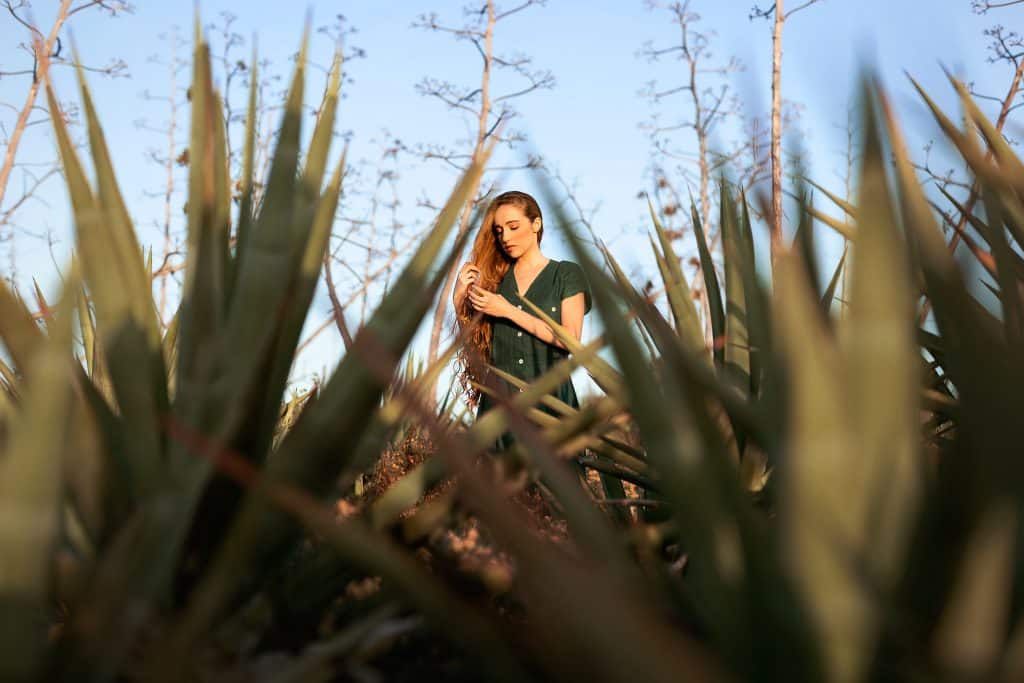
Solution
Relocate your aloe to a less intense light area or use a sheer curtain to filter the sunlight. Removing affected leaves can also help the plant recover more quickly.
Cold Damage
Exposure to cold temperatures can cause aloe leaves to turn brown. This is often seen in plants kept in environments below 50 degrees.
Solution
Move the aloe to a warmer spot with suitable light conditions. Trimming away the cold-damaged leaves and temporarily withholding water can help the plant recover.
Pests and Diseases
Pests like scale and diseases such as fungal infections can lead to brown spots on plant leaves.
Solution
For pest infestations, use rubbing alcohol to remove scale and apply neem oil or insecticidal soap as a preventative measure. For fungal issues, remove affected leaves, use a fungicide, and adjust watering practices to avoid leaf wetness.
Overuse of Fertilizer
Aloe plants typically require minimal nourishment and hydration. Over-fertilizing can be detrimental, often leading to the browning of your aloe vera. The harm caused by excessive fertilizer comes from salt accumulation around the roots, obstructing the plant's water absorption and transport capabilities, resulting in browning.
Solution
To mitigate excessive fertilizer, rinse the soil with distilled or rainwater, using a quantity double that of your pot's volume. This process helps remove some of the salt build-up and expel it through your plant's pot drainage hole. Another beneficial practice is repotting the aloe every two years, which replenishes soil nutrients and provides more space for growth.
Natural Aging
Remember that aloe plants shed their lower leaves naturally as they age. Brown leaves at the base are part of this process. How old are your aloe plants? Trim away the dead leaves to maintain a tidy appearance and allow room for new growth.
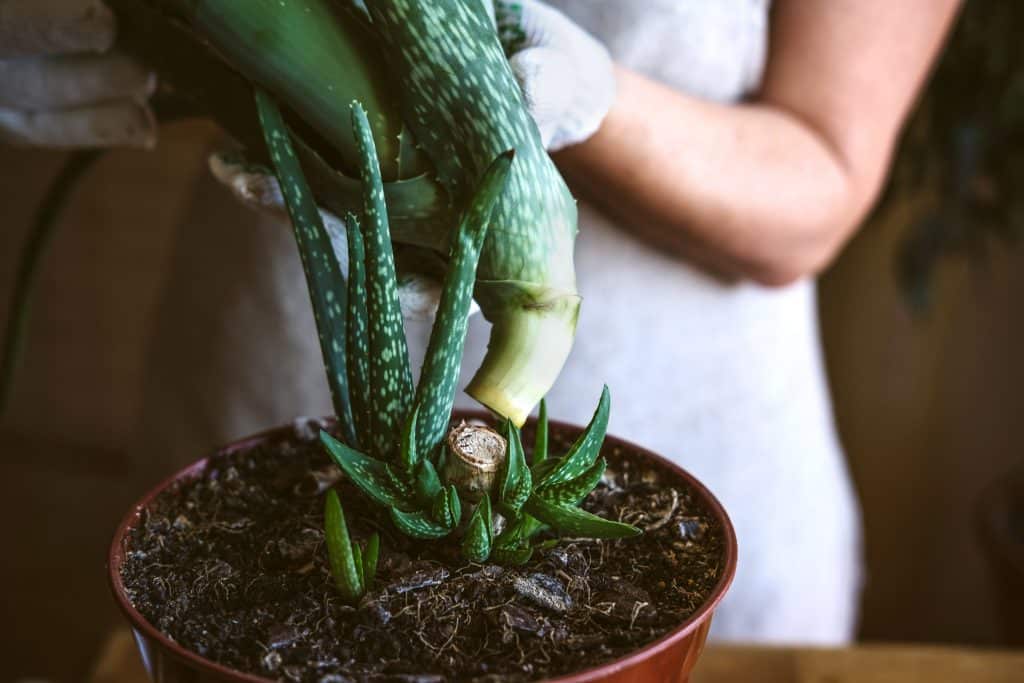
Should I Cut Off Brown Aloe Vera Leaves
Brown leaves are often a sign of damage, either from overwatering, underwatering, excessive sunlight, or other stress factors. Depending on the cause of brown aloe leaves, you might want to remove or keep them:
For Overwatering or Disease: Aloe leaves that turn brown due to overwatering or disease should indeed be removed. This action prevents the spread of any potential diseases and stops further damage to the plant.
For Sun Damage: In the case of sun damage, where leaves become browned or bleached, it might be better to leave these leaves on the plant. They can serve as a form of protection against further sun damage to the underlying healthy parts of the plant.
Natural Shedding of Sunburnt Leaves: Interestingly, sunburnt aloe leaves often fall off on their own or can be easily removed with minimal effort. This natural process means that in some cases, intervention might not be necessary, as the plant can self-regulate and shed the damaged leaves.
Conclusion
In conclusion, brown leaves on your aloe plant can be distressing, but with proper care and attention to its specific needs, you can restore its vibrancy. By addressing issues like overwatering, inadequate drainage, pests, and disease promptly, you'll be well on your way to enjoying lush, green aloe leaves. Remember to trim away dead foliage and provide essential nutrients to ensure your aloe thrives and remains a beautiful addition to your indoor or outdoor space.

